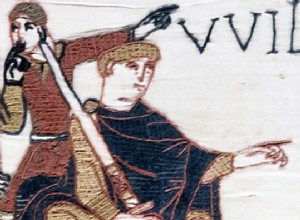The security battalions began to be formed in 1943, when the occupying government of I. Ralli realized that ELAS was trying to bring the country under its control, sidelining or even eliminating the other resistance organizations. Much has been said about these controversial sections indeed. The bat




